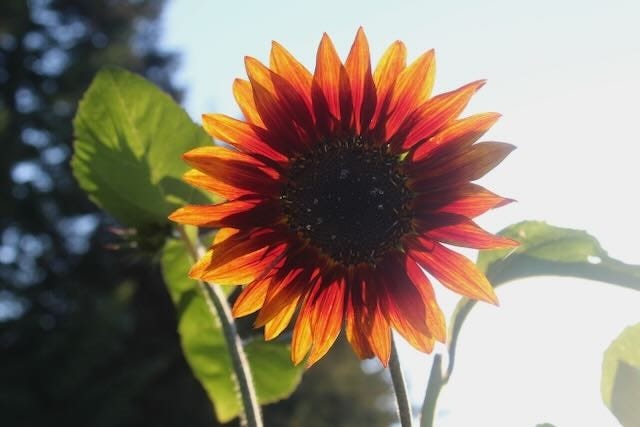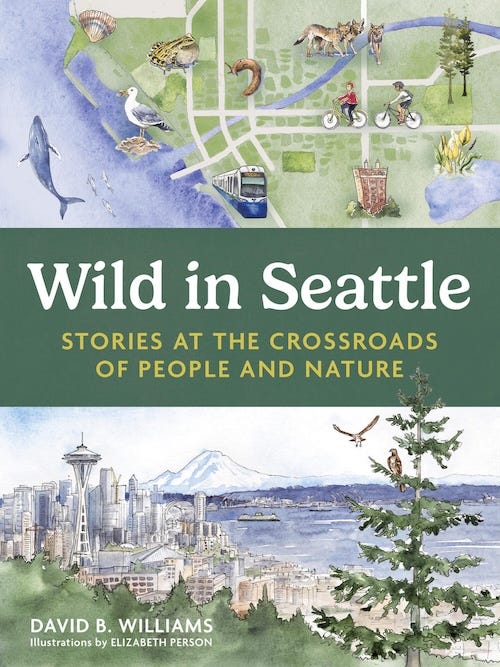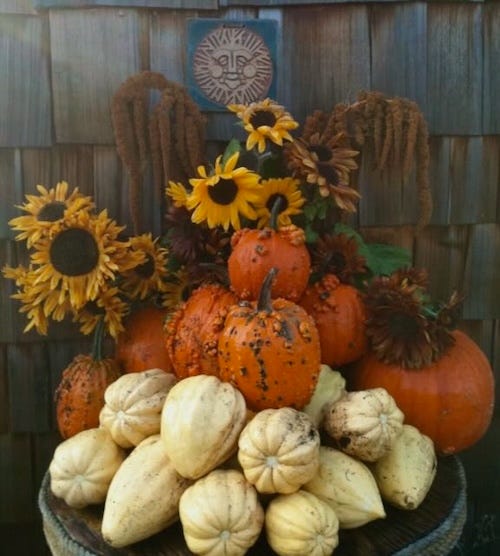For the last two months, my mind has made my body sick. Sleeplessness, anxiety, worry, hopelessness, and despair replaced my mostly optimistic nature. I stewed, ranted, and cried about what was happening in my country and worldwide. I didn’t realize it, but I had been sitting in a fetal-like position most evenings while trying to knit or read. My shoulders were hunched over my body; other times, tension drove them up to my ears, a burdensome set of earrings. My left shoulder became restricted: sharp pains complained when I tried to lift weights, lift my arm over my head, or try to rotate my arm.
A friend recommended her massage therapist, a practitioner who does deep muscle work, listening and responding to what the muscles tell her. On my first visit, she invited me to talk about what was happening in my life. In my typical hyperbolic manner, I said to her that I thought Donald Trump was trying to kill me, one day at a time. She immediately understood what I meant. When she began therapy on my shoulders, she discovered that my right shoulder was actually in worse shape than my painful left. She said quietly that it was “pissed off.” After the second visit, she suggested that my right shoulder was no longer properly aligned (hunching!) and was pulling on the muscles connected to my left shoulder. Those tight muscles were also likely the cause of my recent shortness of breath. Her understanding of the mind/body connection was critical to her determination of the source of my pain, and her powerful hands probed deeply into my tightly wrapped musculature.
I am sharing this personal health drama because I suspect a big chunk of Americans are experiencing both emotional and physical symptoms of stress due to the daily barrage of cruelty and chaos. Everything is connected; our minds continually try to balance our responses, and we know that a constant stream of hormones like cortisol and adrenaline can affect us negatively.
We don’t always see what we are doing to ourselves, but eventually, it shows up in our bodies. It was time to assess my reactions to the political chaos, the only thing I could control. At the same time, I have been reading about the importance of creativity in our lives and how it can help us with hope, wonder, and dopamine production, the “feel good” hormone.
What is creativity?
Wikipedia offers this definition:
“Creativity is the ability to form novel and valuable ideas or works using one's imagination.
Creativity may also describe the ability to find new solutions to problems, or new methods to accomplish a goal. Therefore, creativity enables people to solve problems in new ways.”
We have learned to associate creativity with art and craft work, but creativity is a functional part of our existence. We use it every day.
Julia Cameron, author of The Artist’s Way, writes:
Creativity is the natural order of life. Life is energy: pure creative energy.
There’s a connection between resilience - the capacity to withstand or to recover quickly from difficulties - and creativity.
Creativity unlocks inner resources for dealing with stress, solving problems, and enjoying life. When we are creative, we are resourceful, and we problem-solve in new and original ways. ~Elena Aguilar - edutopia.org
As we begin to experience the season of growth and renewal, it is an ideal time to explore opportunities to increase creativity in our lives and thus build our resilience.
All Things Flowers
What might a creative practice look and feel like? In this six-minute film, flower farmer Erin offers her thoughts on how a weekly creative practice changed her life. She also provides additional films, workshops, and books on becoming a flower farmer. I would grow many more flowers if I didn’t share my homestead with deer.
Storytelling: Micro-essays
Telling our stories through creative expression is a remarkable legacy to create and share. The barriers we often put in place are that storytelling projects are too big, too complex, and too overwhelming. Micro-stories might be a creative pathway to pursue.
Community Storytelling
There are plenty of other stories to tell, and researching and exploring our communities can teach us much about creativity and resilience. Writer David Williams, who writes the Substack Street Smart Naturalist: Explorations of the Urban Kind, has just published a collection of his essays on his observations about the human and natural world around Seattle, Puget Sound, and the Pacific Northwest.
Nature Journaling
On the first day of 2025, natural history illustrator Susannah Fisher declared: “Nature journaling may be the most important thing you do for yourself in 2025.” I couldn’t agree more! Focusing on the natural world by illustrating and describing what you are seeing, hearing, and experiencing can reduce your stress levels and improve your cognitive skills. Learning to illustrate requires practice, and she offers tips and tutorials on her Substack.
Creative Garden Therapy
Is this the year you learn to grow food, herbs, and flowers? Gardening is my therapy; it is truly one of the most creative things I do each year. You don’t need a big garden or land to reap the multiple benefits of growing plants. I practice the design system called permaculture, and its principles can be applied far beyond the garden. The online courses offered by Permaculture Women’s Guild are exceptional. I completed my Permaculture Design Certificate through this guild. You can start with a free Permaculture Starter Course, which introduces the basics of this nature-based design system. But if you are ready to dive into the 72-hour program, it is currently on sale for $400. (I have no monetary affiliation.)
Permaculture Starter Course (free)
Permaculture Design Certificate Program
An Herbalist in Every Home
Studying herbal medicine empowered me to take better care of myself and to be in control of my wellness. It is also one of the most creative activities I do each year. Little information was available to the general public when I started, but now there are many online and in-person programs and books to begin a self-study program. Mountain Rose Herbs lists the many programs available and an abundance of free information on their blog.
April is Poetry Month
Are you a poet and don’t know it? In her newly published book, Dear Writer: Pep Talks and Practical Advice for the Creative Life, poet Maggie Smith believes that “our thoughts are rooted in poetry - fragments, images, and patterns that grow into something larger…all of us should be using the framework of poetry as we not only create but live.”
The Atlantic recently published a list of 25 poetry collections to explore.
Dictionary.com is hosting an Earth in Verse contest. Submit a poem less than five lines long about the amazing planet we live on.
Poetry comes in shapes and forms. Explore the 12 Essential Types of Poetry slideshow
Thank you for being here. All of my posts are free, but if you’d like to support my work, you can do so by:
Liking and restacking this post so others are encouraged to read it.
Share this post via email or on social media.
Taking out a paid subscription to this Substack.
Share your creative pursuits in the comments.











What excellent resources! I will delve into several of them! I'm glad I took up weaving, as it has elements of creativity, problem-solving, and meditative states. Clearly this post hits a nerve (no pun intended) with many of us. Take good care.
Thank you for all these wonderful suggestions and resources, Sue. I just submitted a short piece to the poetry contest. It felt so damn good to focus on the lowly earthworm, a creature of great importance to our soil.